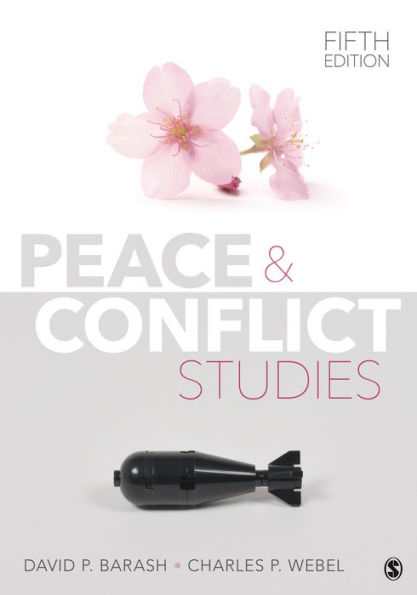

Paperback(Fifth Edition)
-
PICK UP IN STORECheck Availability at Nearby Stores
Available within 2 business hours
Related collections and offers
Overview

Product Details
| ISBN-13: | 9781544369051 |
|---|---|
| Publisher: | SAGE Publications |
| Publication date: | 10/01/2021 |
| Edition description: | Fifth Edition |
| Pages: | 784 |
| Product dimensions: | 7.00(w) x 10.00(h) x (d) |
About the Author
Charles P. Webel (Ph D, University of California, Berkeley) is presently a professor of international relations and philosophy at the University of New York in Prague. He previously held the Delp- Wilkinson Chair in Peace Studies at Chapman University. A five-time Fulbright Scholar and graduate of the Psychoanalytic Institute of Northern California, he has conducted postdoctoral research at Harvard University, the Max Planck Institute, and the Universities of Paris, Frankfurt, and Heidelberg. He has also taught in the Peace and Conflict Studies Program at Berkeley, the Honors College of University of South Florida, and at Harvard College. He is the author or editor of many articles and nine books, including the forthcoming The Fate of this World and the Future of Humanity.
